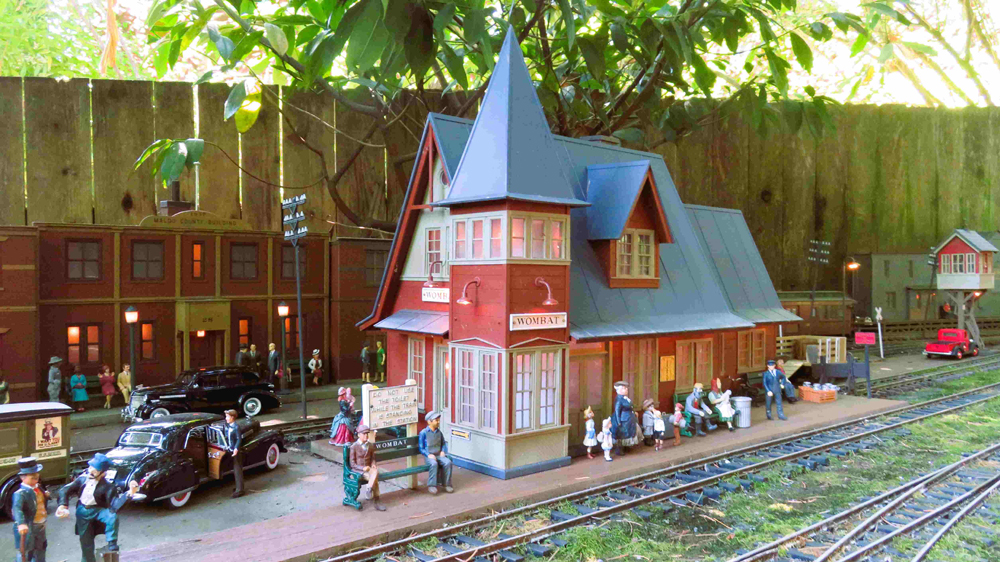
Meet John Morrison How did I get started in the hobby? I’ve been a model railroader as long as I can remember. As a little kid, I would tie all my wheeled toys together with string, pull them around the house and call it a “train.” I grew up in Sydney, Australia and couldn’t afford […]
Read More…
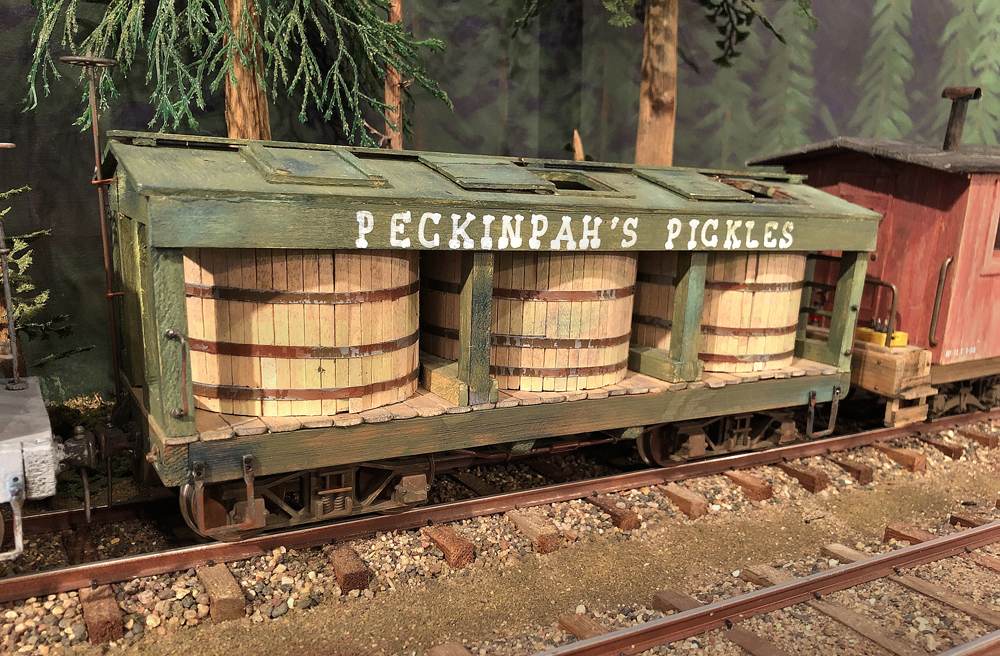
While we may no longer be printing Garden Railways magazine, we’re adding new content to Trains.com every week! Here’s a few recent items, and a preview of what’s coming in the next month. Become a Trains.com member so you don’t miss any of this great content! If you have a story suggestion, email editor@gardenrailways.com Kitbashing […]
Read More…
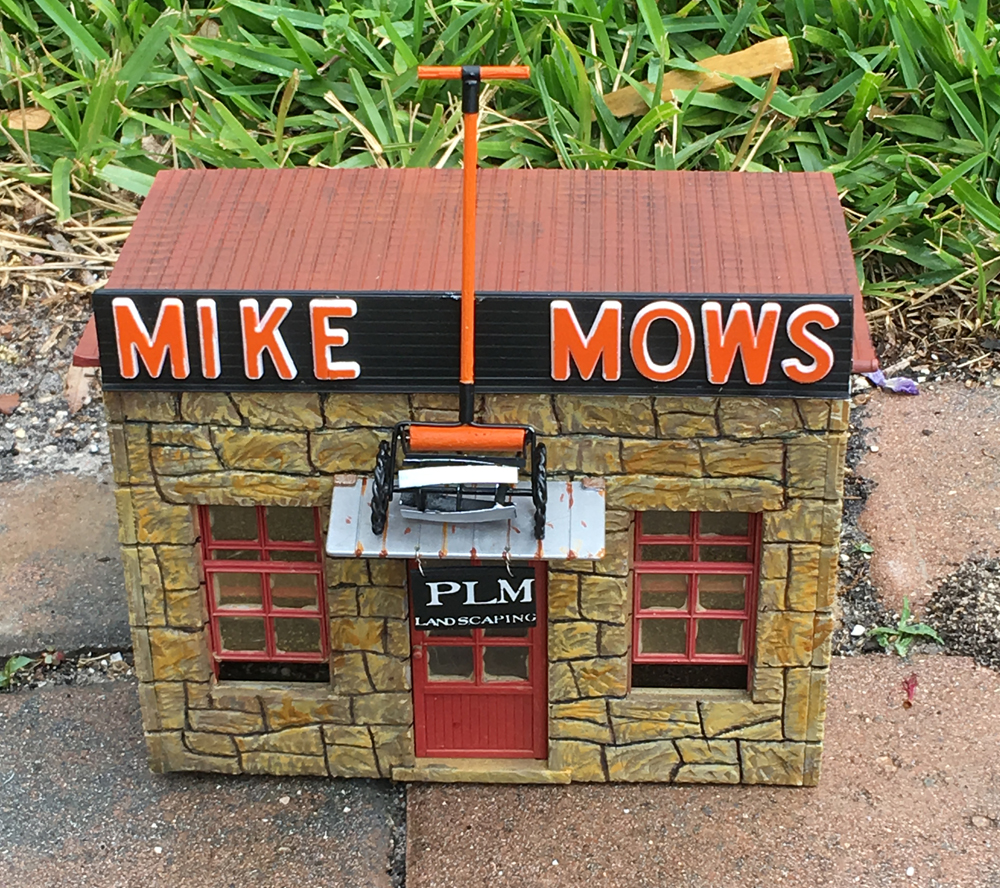
My middle son owns a landscaping business under the name of PLM (Professional Lawn Maintenance). I decided to kitbash a structure on my garden railway based on his business. I had found a rather beat up PIKO America stone building. The walls were unattached and it was missing a roof. It also had glue residue […]
Read More…
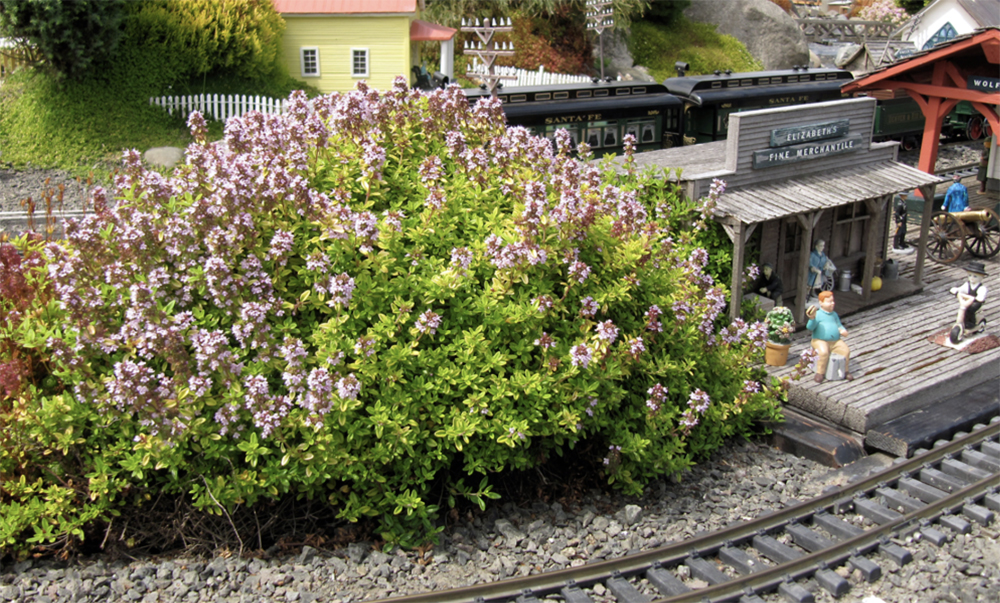
Doone Valley lemon thyme Common name: Doone Valley lemon thyme
Latin name: Thymus citriodora ‘Doone Valley’ Plant type: Groundcover
USDA Hardiness Zones: 4-9 Cultural needs: Well-drained soil, full sun Plant size: 3″ high x 18″ wide Doone Valley thyme’s evergreen leaves shine like the sun, with yellow edges that often cover the whole leaf with […]
Read More…
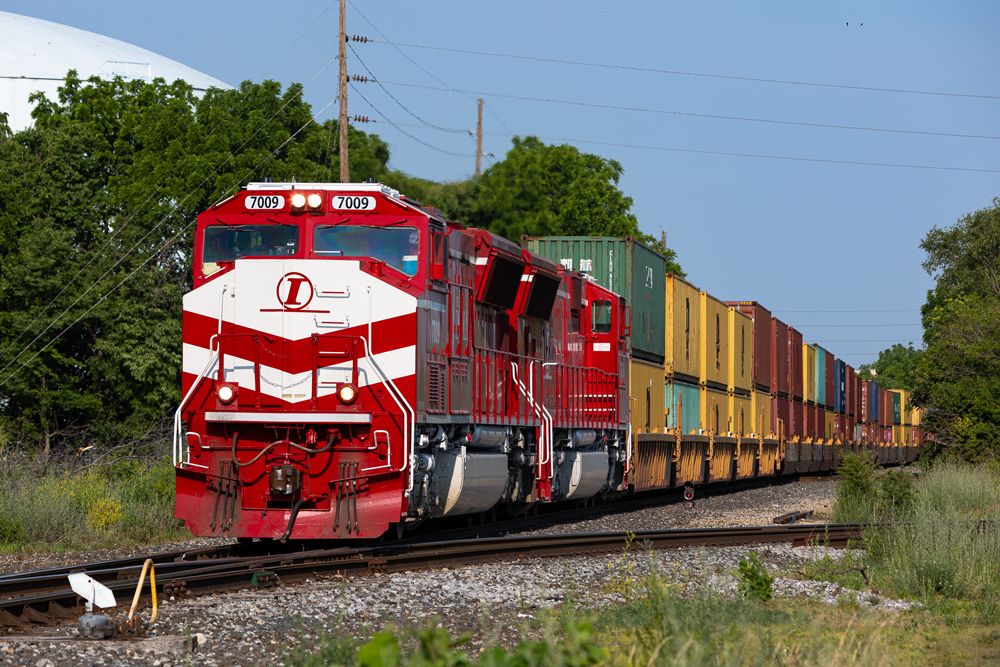
Intermodal equipment If you’re trackside, odds are you’re going to see an intermodal train. Intermodal made up 49% of the 34 million units of freight carried by U.S. railroads last year, more than four times higher than coal, the next largest commodity. Odds are that intermodal train will mostly have railcars owned by TTX, a […]
Read More…
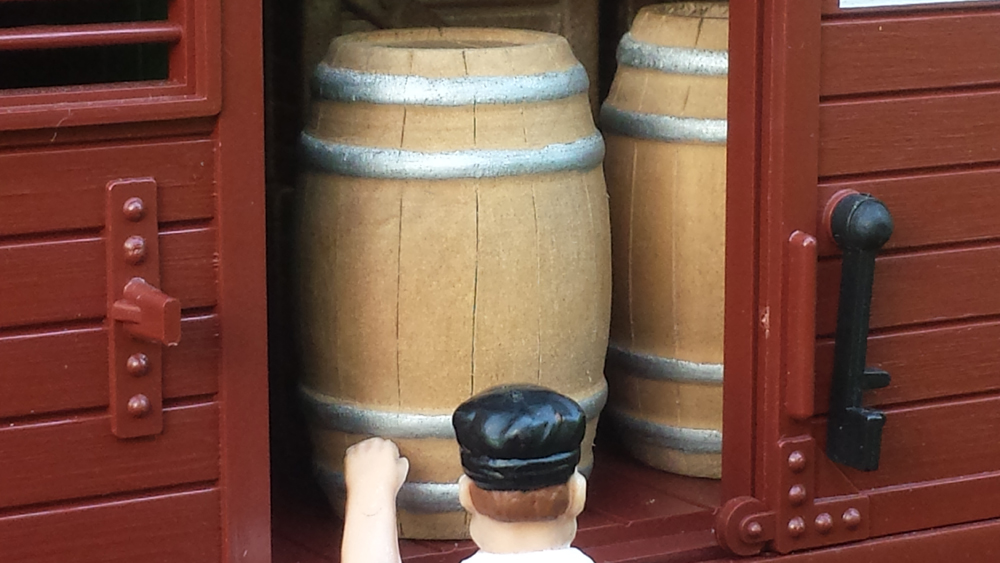
While searching for barrels to use on my railroad, I noticed wood turnings marketed as “pickle barrels” in a Michaels craft store. They are made by Lara’s Crafts and are turned Baltic birch in the general shape of a barrel with hoops. While unbecoming in their present state, they offered good modeling potential, so I […]
Read More…
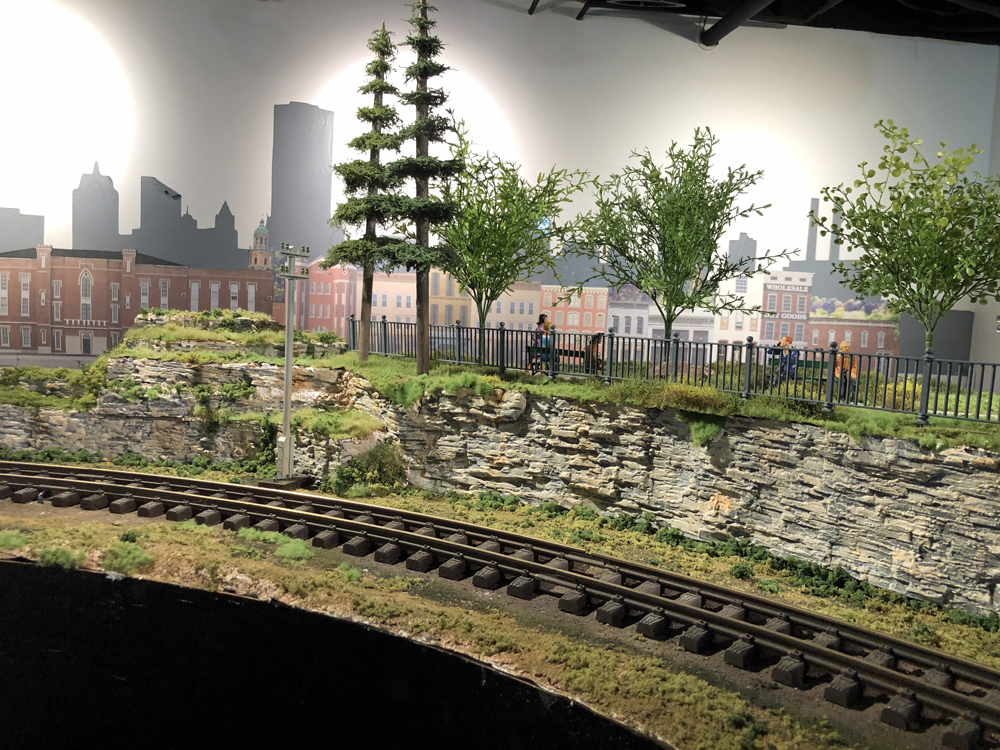
About 10 years ago, because of a decision to downsize, I took down my 1,500-square-foot O scale railroad. To make that task more agreeable, I simultaneously started planning my next layout. I was a lifelong fan of the Milwaukee Road’s Beer Line. That branch was the busiest of all on a railroad that reached from […]
Read More…
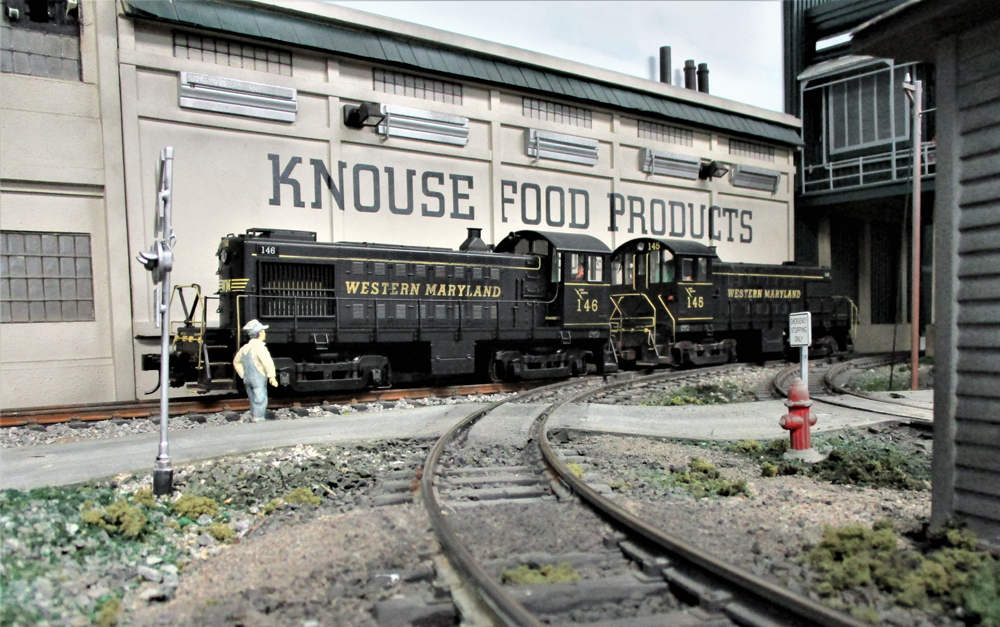
How did you get started in the hobby? I was born into railroading. My mother was pregnant with me while she was working as a freight clerk for the Western Maryland Railway. When I was a bit less than a year old, my mother returned to work and the wife of the railroad’s chief freight […]
Read More…
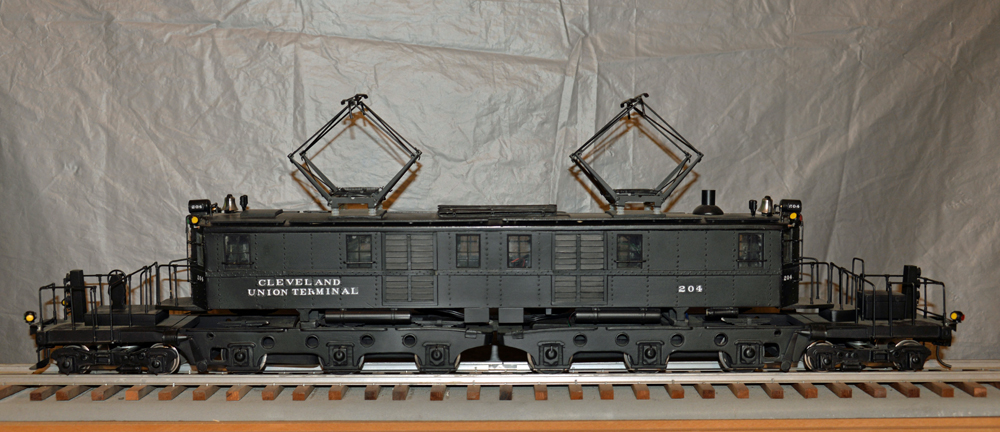
The Northern Ohio Railway Museum (NORM) has received a one-of-a-kind model from a late Garden Railways contributor. The family of the late Dr. Evan Roderick recently donated a 1:29 scale model of Cleveland Union Terminal P1-a locomotive No. 204. Mr. Roderick passed away in 2008. In late 2023, his family contacted several Cleveland area museums, […]
Read More…
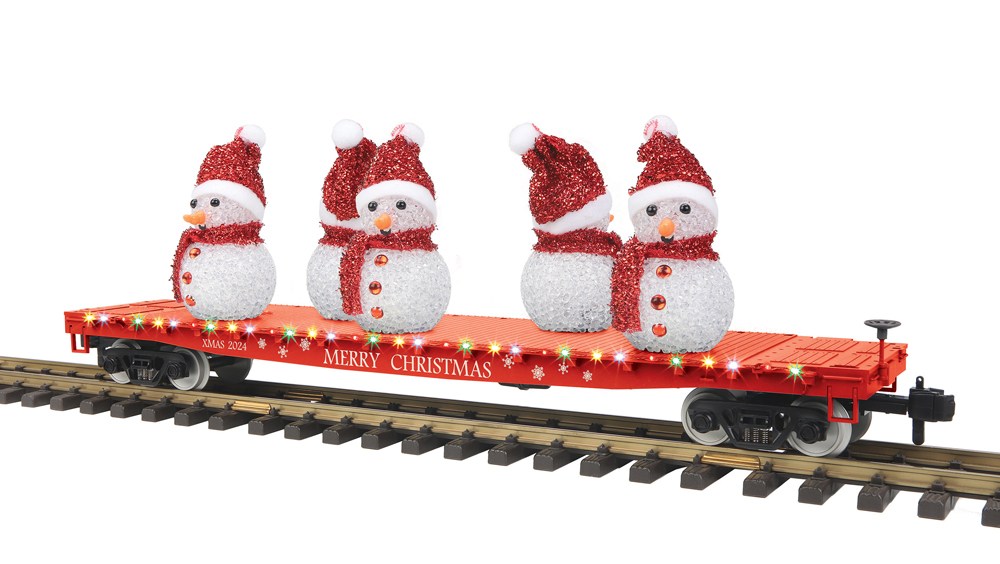
MTH Electric Trains has announced four holiday-themed flatcars in 1:32 scale for 2024. Each car features metal wheels and axles, choice of knuckle or hook and loop couplers, Kadee compatible coupler mounting pads, separate metal handrails, and more. Each car features colorful lighting. Price: $199.95. Learn more at https://mthtrains.com. Find more news on our website. […]
Read More…
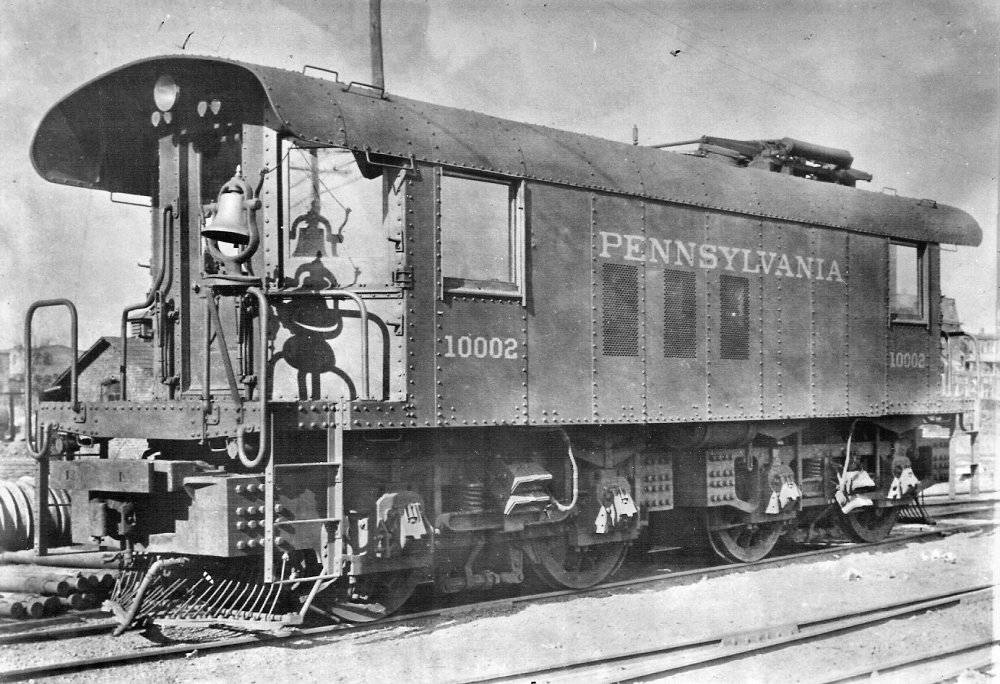
Electrification of railroads North American freight trains are powered by diesel locomotives. Before the diesels, steam engines did the work. Electric trains have a niche hauling passengers in the Northeast. Everyone knows this short history of motive power development, but it’s not quite the whole story. Early electrification of railroads “Diesels,” of course, are properly […]
Read More…
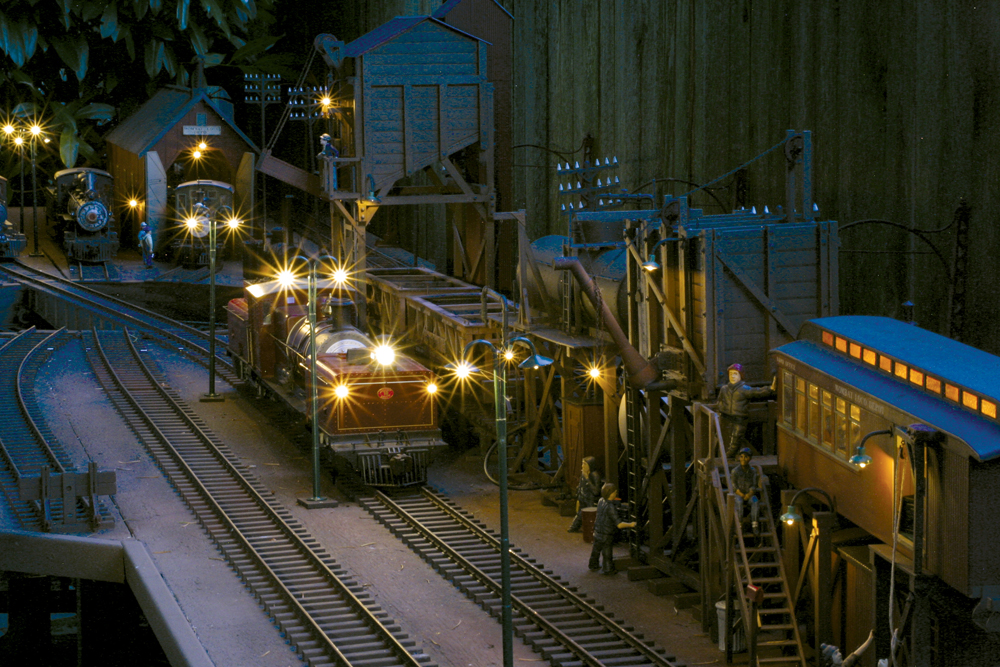
The railroad at a glance Railway name: Dunckley Northern Railway (DNR) Size of railroad: Covering an odd shaped garden approximately 70′ x 70′ Scale: 1:24 Gauge: 45mm for 3’6″ gauge and 64mm for standard gauge Era: Late 1930s Theme: The DNR is a colonial railway in an undisclosed country. The Consolidated Concentrates Conglomerate (CCC) branch […]
Read More…












